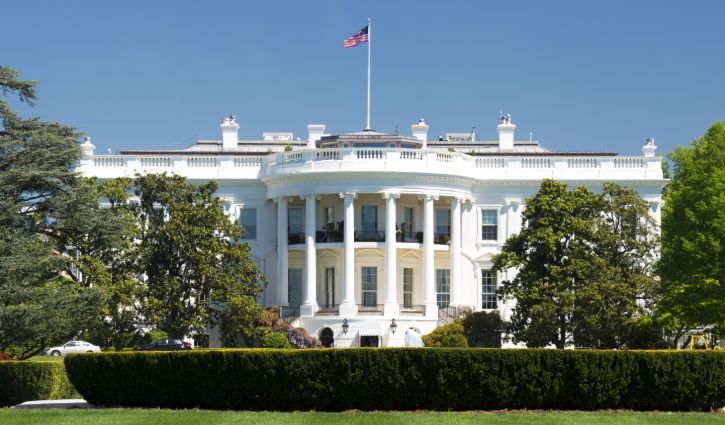
What’s in President Biden’s American Jobs Plan?
At the end of March 2021, President Joe Biden introduced a new infrastructure proposal— titled the American Jobs Plan—which is focused on reestablishing the country’s economy. This proposal is the second component of the Biden Administration’s larger, three-part infrastructure package, known as the Build Back Better Plan.
The American Jobs Plan is preceded by the American Rescue Plan and will eventually be followed by the American Families Plan. While the American Rescue Plan is currently providing direct relief to individuals and businesses affected by the COVID-19 pandemic, the American Jobs Plan is intended to help revitalize the national economy for years to come.
Specifically, the main goals of the American Jobs Plan are to develop millions of jobs across industry lines, rebuild the country’s infrastructure and place the United States in a position to compete with China. This plan—which is requesting approximately $2 trillion over the course of eight years—consists of seven key policy elements. Review the following article for a summary of these elements and next steps for the Build Back Better Plan.
KEY ELEMENTS OF THE AMERICAN JOBS PLAN
Each of the seven major policy elements contained in the American Jobs Plan includes various provisions that would affect both individuals and businesses of varying sectors. Here’s an outline of each policy element, as well as key takeaways from each element:
1. Modernizing Transportation
The first element of the American Jobs Plan focuses on establishing a world-class transportation infrastructure throughout the country. This element includes fixing highways, rebuilding bridges, renewing airports and upgrading public transit systems. A total of $621 billion would be allocated to this policy element, which includes:
- $115 billion to modernize 20,000 miles of highways, rebuild over 10,000 bridges that provide essential connections between communities and fix numerous main roads in need of significant construction or repairs
- $20 billion to improve existing programs and generate additional plans aimed at bolstering road safety
- $85 billion to upgrade and expand current public transit systems to adequately meet rider demand
- $105 billion to address a public transit repair backlog of over 24,000 buses, 5,000 rail cars, 200 stations and thousands of miles of power systems
- $80 billion to tackle Amtrak’s repair backlog, renovate existing rail corridors, create new city connections and enhance programs that support safe and efficient freight rail services
- $25 billion to renovate airport terminals, develop multimodal connections, fund the Airport Improvement Program and make upgrades to the Federal Aviation Administration
- $17 billion to improve inland waterways, coastal ports and land ports, as well as minimize the impact of air pollution on communities located near such ports
- $174 billion to boost the U.S. electric vehicle (EV) market, promote EV-related jobs, establish a national network of half a million EV chargers by 2030, encourage American consumers to purchase EVs through tax incentives and point-of-sale rebates, and begin electrifying both commercial and federal fleets
